A Wizening Little Tree
Now, in its tenth year, my weeping fig is just waking up. (This plant is not one of my edible figs weeping from sadness, but a species of fig — Ficus benjamina — with naturally drooping branches.) As a tropical tree, its sleep was not natural, but induced, by me.
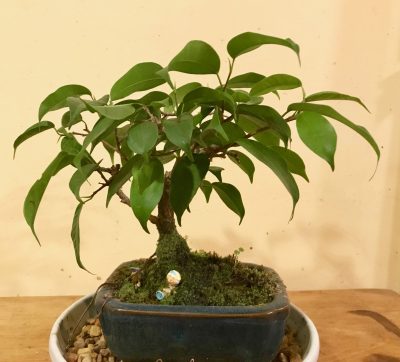
In its native habitat in the tropics, weeping fig grows to become a very large tree that rivals, in size, our maples. The effect is all the more dramatic due to thin aerial roots that drip from the branches, eventually fusing to create a massive, striated trunk. Because the tree tolerates low humidity, it’s often grown as a houseplant. Growth is rapid but with regular pruning the plant can be restrained below ceiling height.
At ten years old, my weeping fig is about four inches tall with a trunk about 5/8 inch in diameter and no aerial roots. Four inches was about the height of the plant when I purchased it in the houseplant section of a local lumberyard. Actually, four of these plants were growing in a 4 inch square pot. I separated them and potted one up with the idea of creating a bonsai.
The bonsai has been a success. Each year the trunk and stems have thickened to create the wizened appearance of a venerable old tree, in miniature. The soil beneath the spreading (if only 3 inch) limbs is soft with moss which has crept slowly up the lower portion of the trunk.
To Sleep, My Little Tree
Even after ten years the plant is in the same pot in which I originally planted it, a 4 by 6 inch bonsai tray only about an inch deep. Biannual repotting and pruning has been necessary to keep the stems and roots to size, and to refresh the potting soil to provide nutrients and room for roots to run (albeit very little room for a tree with such size potential).
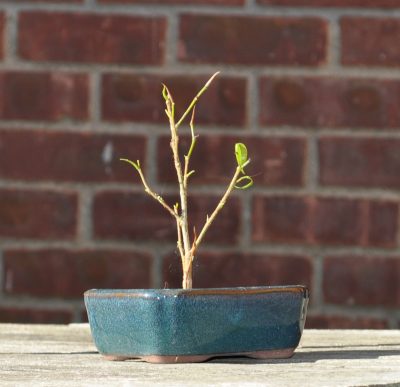
Back to my tree’s sleep: A few weeks ago, the sun dipping lower in the sky for a shorter time each day seemed to me like a good time to give the plant a rest, which it surely would be taking following my operation.
I began with the roots. After tipping the plant out of its pot, I used a fork to tease soil away from the bottom of the root ball. Roots left dangling down in mid air as I held the plant aloft were easy to trim back. I was careful to leave the top portion of the roots and soil undisturbed in order to keep the mossy blanket intact.

With enough fresh potting soil added to the pot so the tree (despite its size, I think I can call it a “tree”) would sit at the same height in the pot as previous to pruning, the tree was ready to return to its home. I firmed it in place.
Next, I turned to the above ground portions of the plant, beginning by pruning stems so the tree would look in proportion to the size of its container and to maintain the increasingly rugged look of a tree, in miniature, beyond its actual years.
Finally, I clipped each and every leaf from the plant. This shocks the plant to sleep and reduces water loss, important for a plant from which a fair share of its roots have been sheared off. Clipping off leaves also induces more diminutive growth in the next flush of leaves, so they are more in proportion to the size of the whole plant.
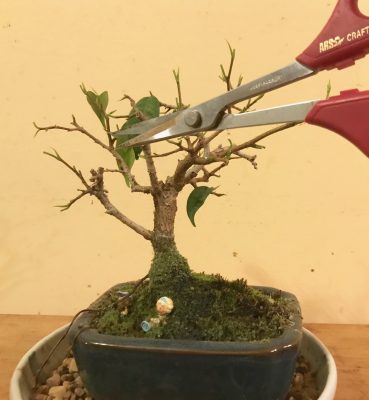
After a thorough watering, the tree was back in its sunny window. And there it sat, leafless, until a few days ago, when small, new leaves emerged.
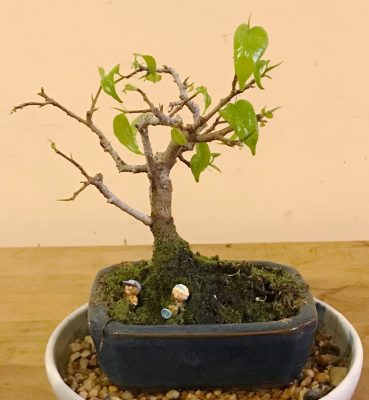
Pruning Moves Outdoors, Prematurely Perhaps
Pruning and repotting the bonsai wasn’t enough gardening for me. A couple of sunny days couldn’t help but drive me outdoors. A pile of wood chip mulch delivered a few months ago beckoned me; I spread it in the paths between my vegetable beds, a pre-emptive move to smother next season’s weeds.
I don’t usually prune this time of year (The Pruning Book, by me, recommends against it!), but couldn’t restrain myself. I started with the gooseberries and currants, both of which are super cold hardy plants so are unlikely to suffer any damage from pruning now. Plus, they start growth very early in spring.
Any of this gardening could be postponed until late winter or early spring. But why wait?

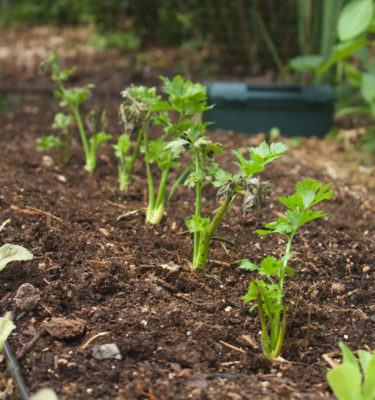
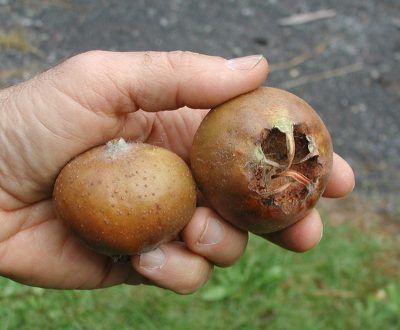 Usually the plant is pest-free but a few years ago something, perhaps a fungus, perhaps an insect, started attacking it, leaving the flesh dry and crumbly. I have yet to identify the culprit so that appropriate action can be taken.
Usually the plant is pest-free but a few years ago something, perhaps a fungus, perhaps an insect, started attacking it, leaving the flesh dry and crumbly. I have yet to identify the culprit so that appropriate action can be taken.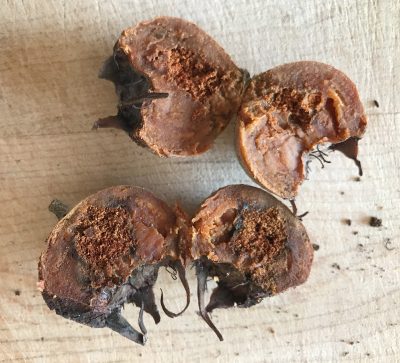
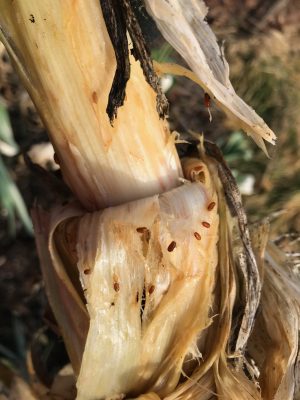
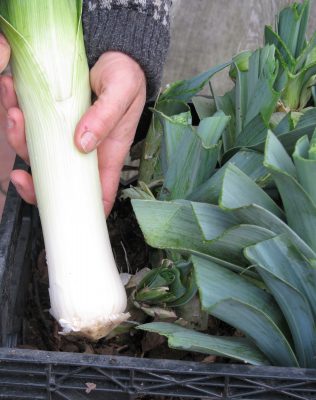

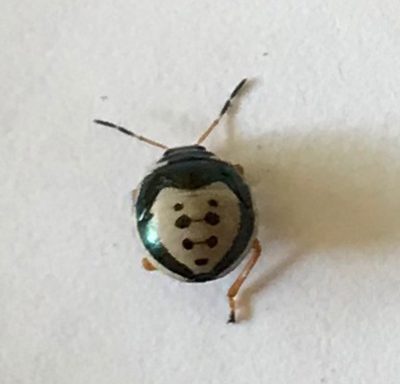
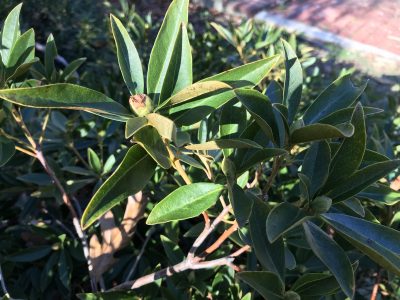


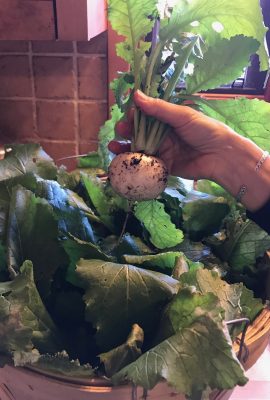

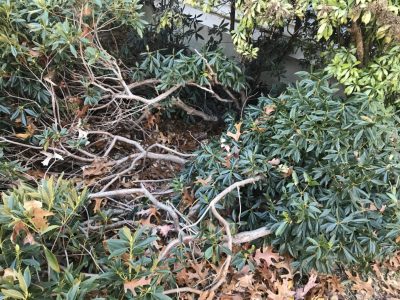
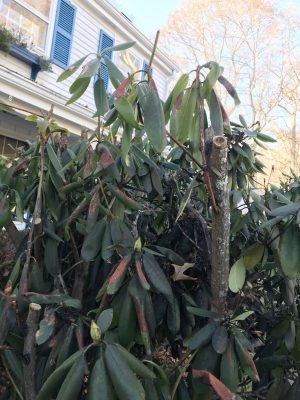



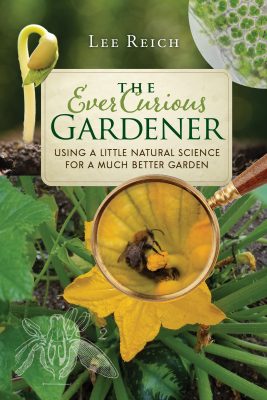
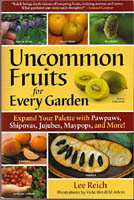
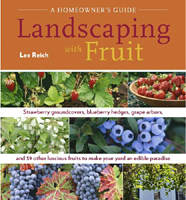

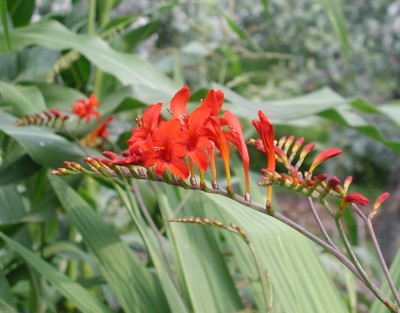 Backpedaling perhaps 20 years, you would have found me ordering crocosmia bulbs from a mail-order catalog. I’d seen the plants blooming in a friend’s garden in New Jersey and marveled at the graceful flower stems that arched up and out from clumps of sword-shaped leaves. Lined up near the ends of each flower stalk were pairs of tubular, hot scarlet blossoms.
Backpedaling perhaps 20 years, you would have found me ordering crocosmia bulbs from a mail-order catalog. I’d seen the plants blooming in a friend’s garden in New Jersey and marveled at the graceful flower stems that arched up and out from clumps of sword-shaped leaves. Lined up near the ends of each flower stalk were pairs of tubular, hot scarlet blossoms.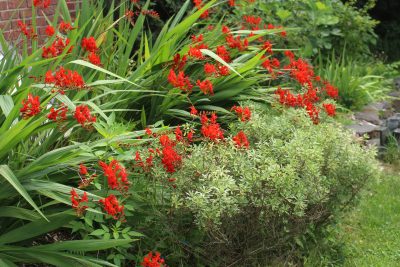
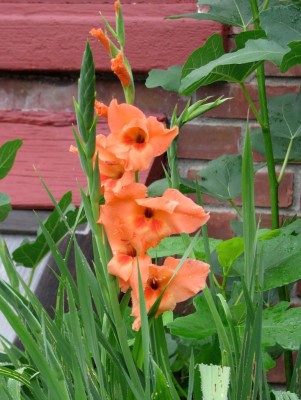
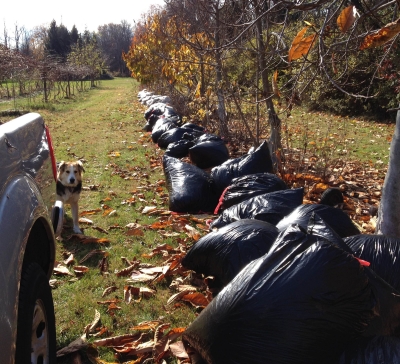

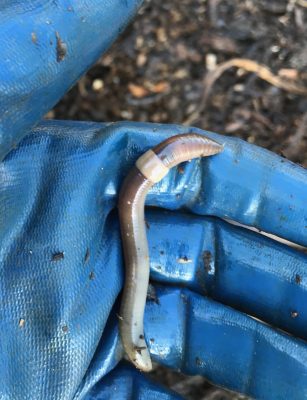

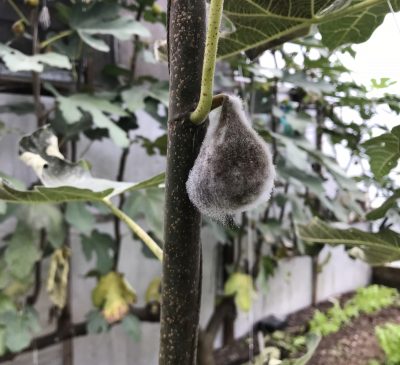
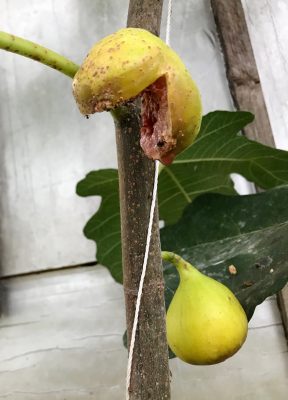 Roots of Rabbi Samuel fig, near the endwall, spread under the wall and outside the greenhouse, soaking up so much water that the figs split before ripening. Yet, a few fig fruits escape both afflictions and ripen to juicy sweetness.
Roots of Rabbi Samuel fig, near the endwall, spread under the wall and outside the greenhouse, soaking up so much water that the figs split before ripening. Yet, a few fig fruits escape both afflictions and ripen to juicy sweetness.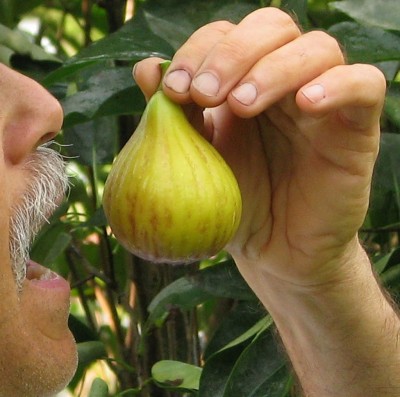
 After standing the root ball upright, I started slicing it from top to bottom. For root balls 18 to 24 inches across, I slice a couple inches off all around. I used to use an old kitchen knife but discovered that my reciprocating saw with a medium-tooth blade works much better.
After standing the root ball upright, I started slicing it from top to bottom. For root balls 18 to 24 inches across, I slice a couple inches off all around. I used to use an old kitchen knife but discovered that my reciprocating saw with a medium-tooth blade works much better.
 For good contact, I pack the potting soil in with my fingers and the flat end of a 3/4 inch dowel.
For good contact, I pack the potting soil in with my fingers and the flat end of a 3/4 inch dowel.

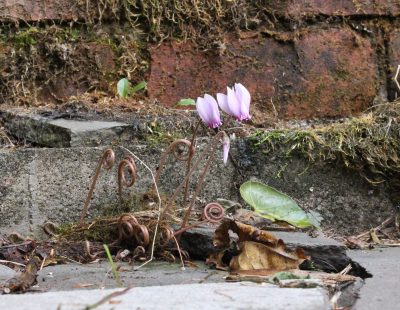
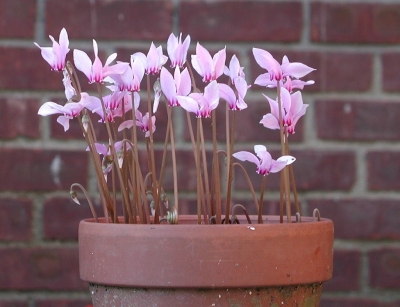
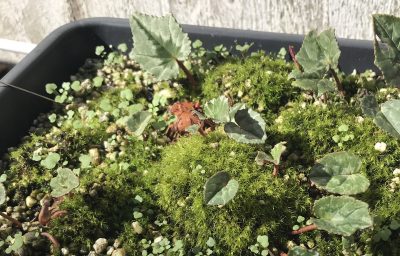 The youngsters finally were growing tubers, small bulb-like structures that will, in the future, store energy to carry the plants, dormant and leafless, through winter.
The youngsters finally were growing tubers, small bulb-like structures that will, in the future, store energy to carry the plants, dormant and leafless, through winter.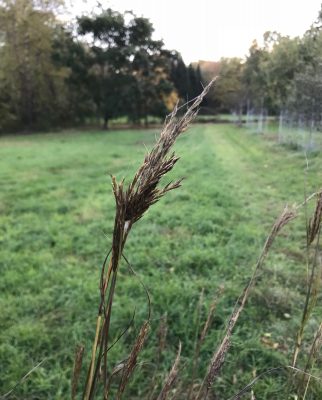 Not that some of the seeds wouldn’t self-sow near the mother plans, but seedlings that do sprout under natural conditions are subject to competition for light, nutrients, and water from other plants.
Not that some of the seeds wouldn’t self-sow near the mother plans, but seedlings that do sprout under natural conditions are subject to competition for light, nutrients, and water from other plants.